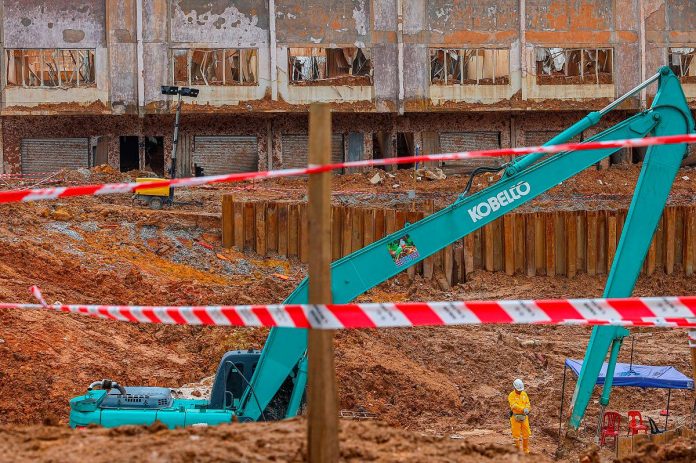PETALING JAYA: The April 1 gas explosion in Putra Heights has raised alarm over the hidden dangers of underground infrastructure in urban areas, prompting experts to call for stricter soil monitoring, tighter pipeline inspections and stronger control over nearby development.
The blast, which damaged more than 200 homes, was attributed to long-term soil subsidence and environmental stress.
Universiti Teknologi Malaysia Department of Structure and Materials senior lecturer Dr Libriati Zardasti said such incidents underscore the need to assess hazards not just within the pipeline itself, but also in its surrounding environment.
“In risk assessment, hazard identification must include activities beyond the pipeline’s right-of-way (ROW) — such as construction, land use changes and environmental conditions that affect soil stability.”
She noted that pipeline safety guidelines mandate buffer zones free of permanent structures and large trees, which can exert pressure on buried pipes.
The ROW areas, she added, are essential for safe monitoring and emergency access.
“Any construction within the corridors must go through proper approval processes to avoid introducing new risks.
“When ROWs are encroached upon, it complicates pipeline management.”
Although the Putra Heights pipeline had undergone intelligent pigging – an internal inspection using robotic sensors – Libriati stressed that the technology is most effective when paired with on-ground inspections and a robust integrity management framework.
“Technology can spot anomalies, but regular inspection and maintenance are still key. That’s how you build and maintain confidence in a pipeline’s safety.”
She also pointed out that Malaysia has seen pipeline failures before – including along the Sabah–Sarawak gas pipeline – although such incidents often fly under the radar due to their remote locations or minimal public impact.
“What happened in Putra Heights was different because it occurred in a residential area. It made the public more aware of the dangers when such systems fail.”
UTM Centre for Tropical Geoengineering distinguished fellow Prof Dr Ramli Nazir said the findings point to a gradual buildup of stress over time, worsened by soil conditions and pressure from surrounding development.
“The long-term effects of soil instability, groundwater buildup and poor drainage can weaken the ground’s ability to support infrastructure.
“Over decades, such conditions can shift the pipe and create stress that leads
to rupture.”
He added that vibrations from nearby roads and surrounding commercial activity may have added to the stress, especially if drainage systems were compromised.
“If monsoon drains or culverts are damaged, water can seep into the subsoil and soften it, making it more prone to settlement.
“These factors, combined with internal pipeline pressure, can eventually trigger failure.”
Ramli also said the rupture may
have caused mechanical sparks, igniting leaked gas.
“To prevent this type of event, continuous monitoring is essential – not just of the pipeline, but of the surrounding geological environment.
“Signs of ground movement or pressure shifts are often detectable with the right systems in place.”
On June 30, authorities confirmed there was no evidence of sabotage or negligence linked to the Putra Heights explosion.
Police have since classified the case as requiring no further action.
Occupational Safety and Health Department (DOSH) petroleum safety division director Husdin Che Amat said the likely cause was a combination of ground pressure, unstable soil and prolonged environmental stress.
Following the incident, Petronas has identified other pipeline segments potentially exposed to similar risks.
The company has been instructed to implement both immediate and long-term safety measures, with DOSH working alongside Petronas to coordinate remedial steps and strengthen pipeline safety nationwide.







